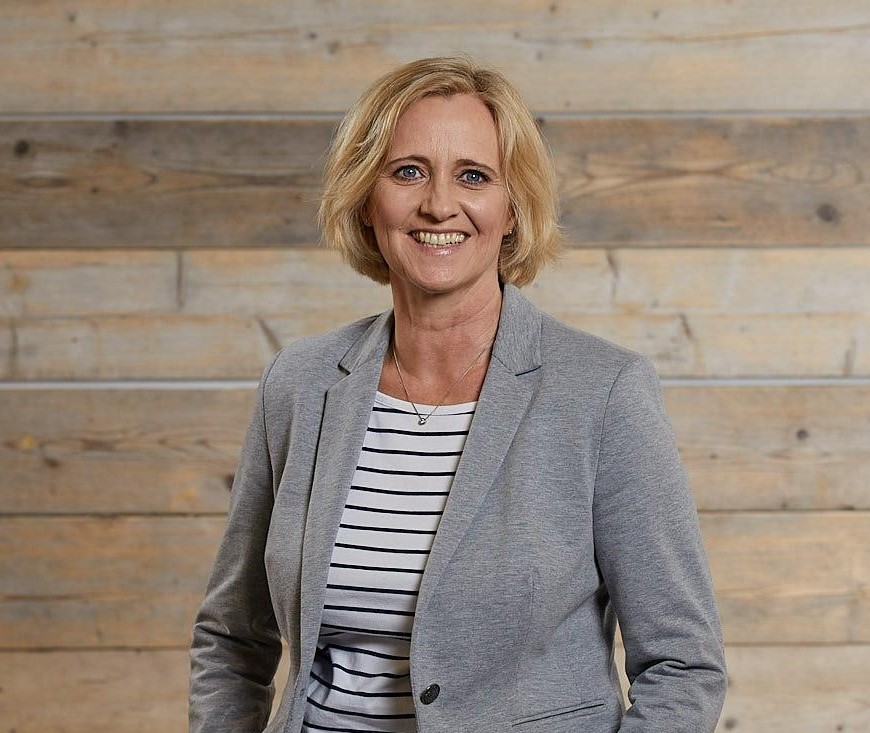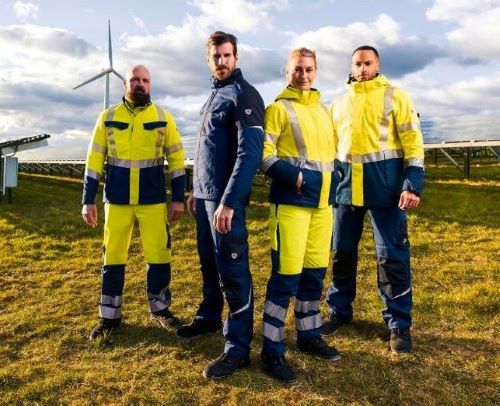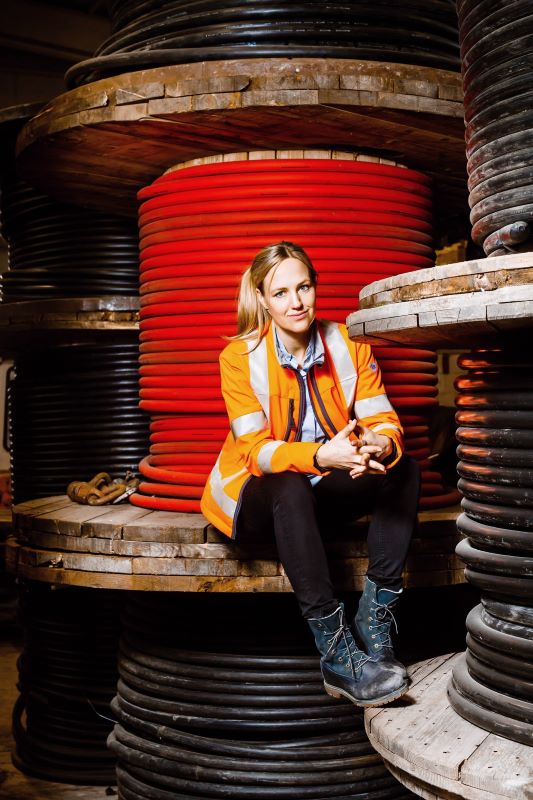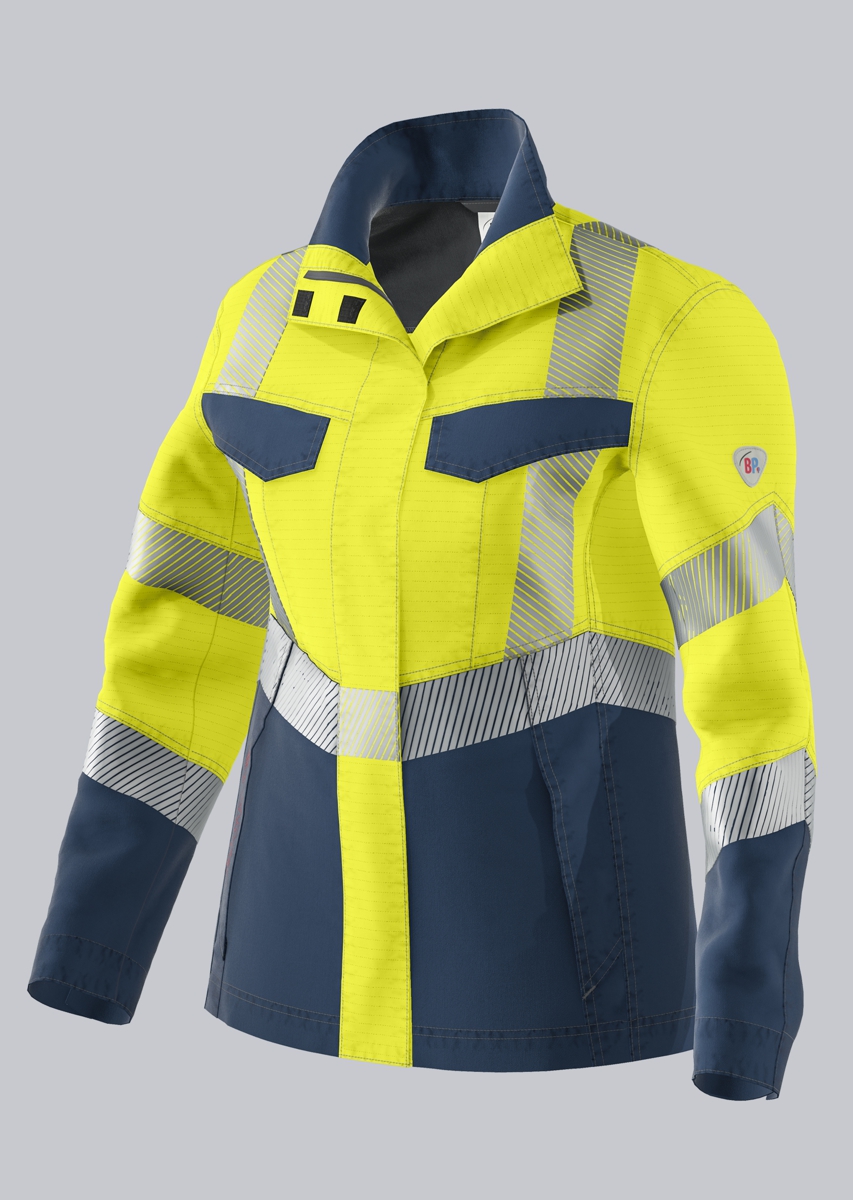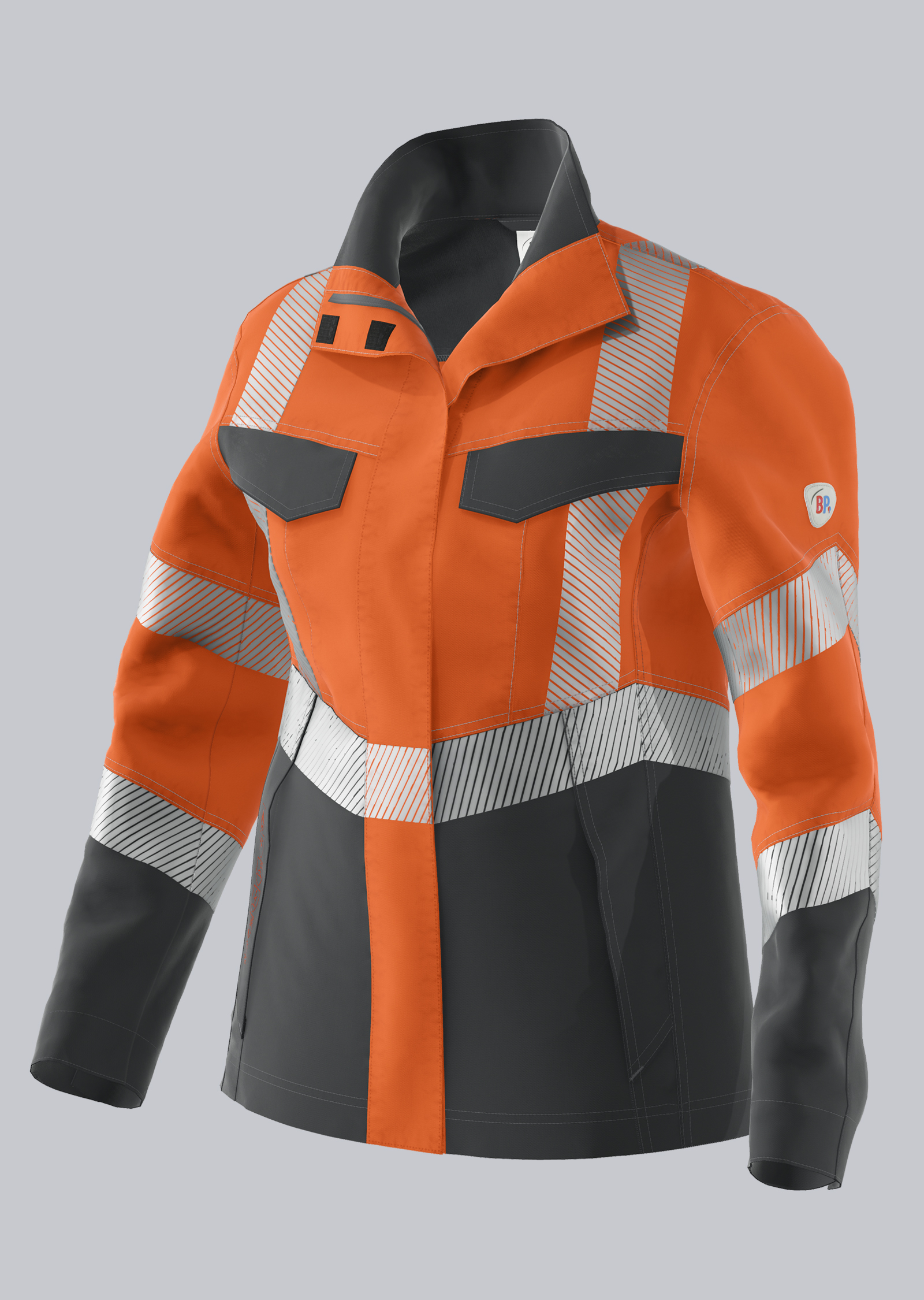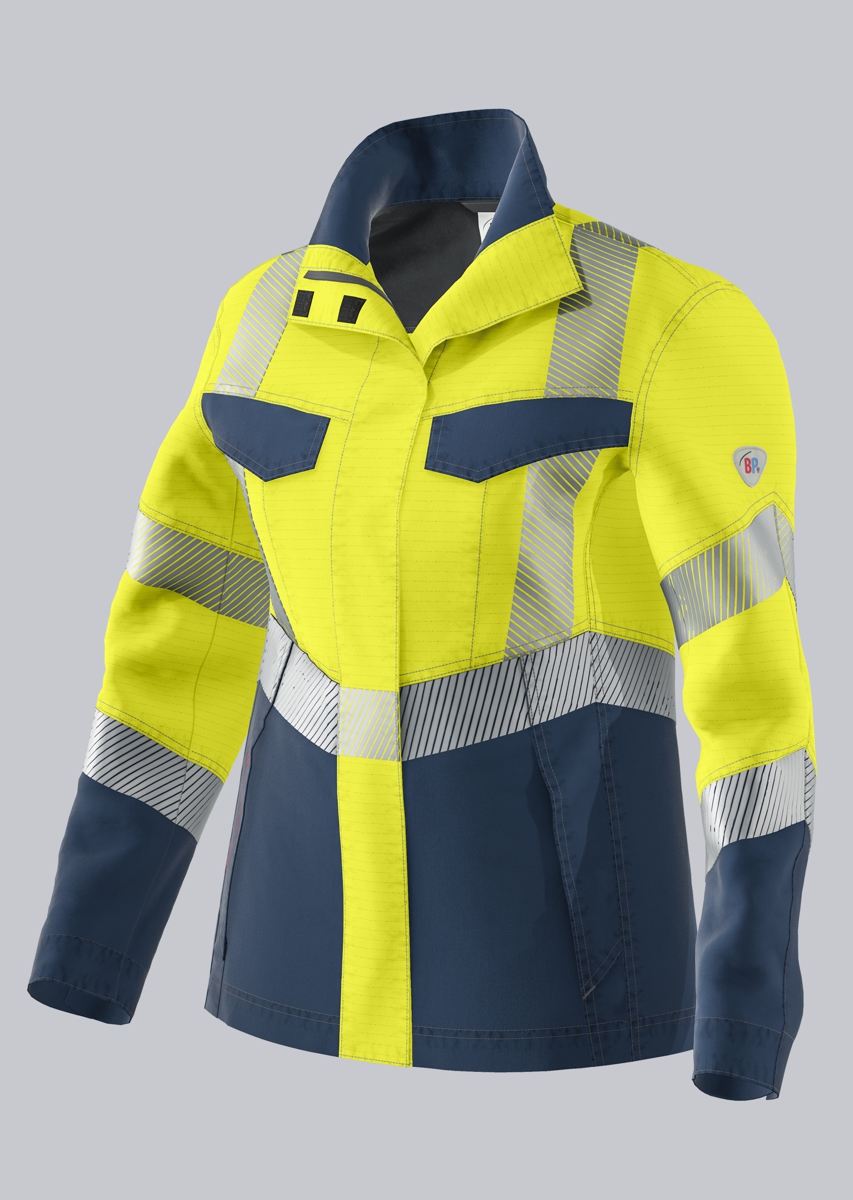Protective clothing for the female anatomy
Back then, it was standard for women to wear men's work clothes. "If I had to wear small men's clothing as a woman, not only did it not look nice, it was also impractical. I was constantly cold and it wasn't safe because I kept getting caught," remembers Larissa Zeichhardt. "That can be life-threatening when working in tunnels, for example, if a train is coming and you can't make it into the tunnel recesses in time because your jacket is stuck to the wall."
High visibility clothing for women: Three key aspects
With this in mind, Larissa Zeichhardt set out in search of high-visibility clothing for women. She found what she was looking for at BP. At the time, the Cologne-based family business had developed and launched the first high-visibility clothing in a women's fit. For Larissa Zeichhardt, as for many other women, it was "a liberation" to finally wear protective clothing that really fits. "For me personally, there are three main things that matter," explains the entrepreneur: "Does the clothing fit well and does it really fit me? Does it keep me warm? Because it's often draughty and cold on the tracks. And: Will I get caught in the clothing, especially when I'm working in confined spaces?" She was able to answer all of these questions in the affirmative with BP's high-visibility clothing.
"The demand is simply there, and women rightly expect us to offer them clothing solutions that fulfil their needs," says Heike Altenhofen, Product Manager for Personal Protective Equipment at BP. In the past, workwear did not do justice to the female anatomy in any way: it pinched here and pinched there, tools were always in the wrong place, women did not feel comfortable because men's clothing did not fit them. Comfortable and focussed work was therefore only possible to a very limited extent. This has an impact on performance and safety in the workplace.
Feel-good factor and identification with the employer
"For a long time, the women accepted this situation without complaint," says Heike Altenhofen. "On the one hand, because they didn't know any different and there was no women's clothing available. And secondly, because workwear had a different status in the past than it does today: you wore it because you had to." Today, workwear has long since become an emotional product that the wearer - whether male or female - no longer wears just because they have to. They wear it because they want to wear it and feel comfortable in it. Clothing therefore also contributes a great deal to identification with the profession and the employer.

